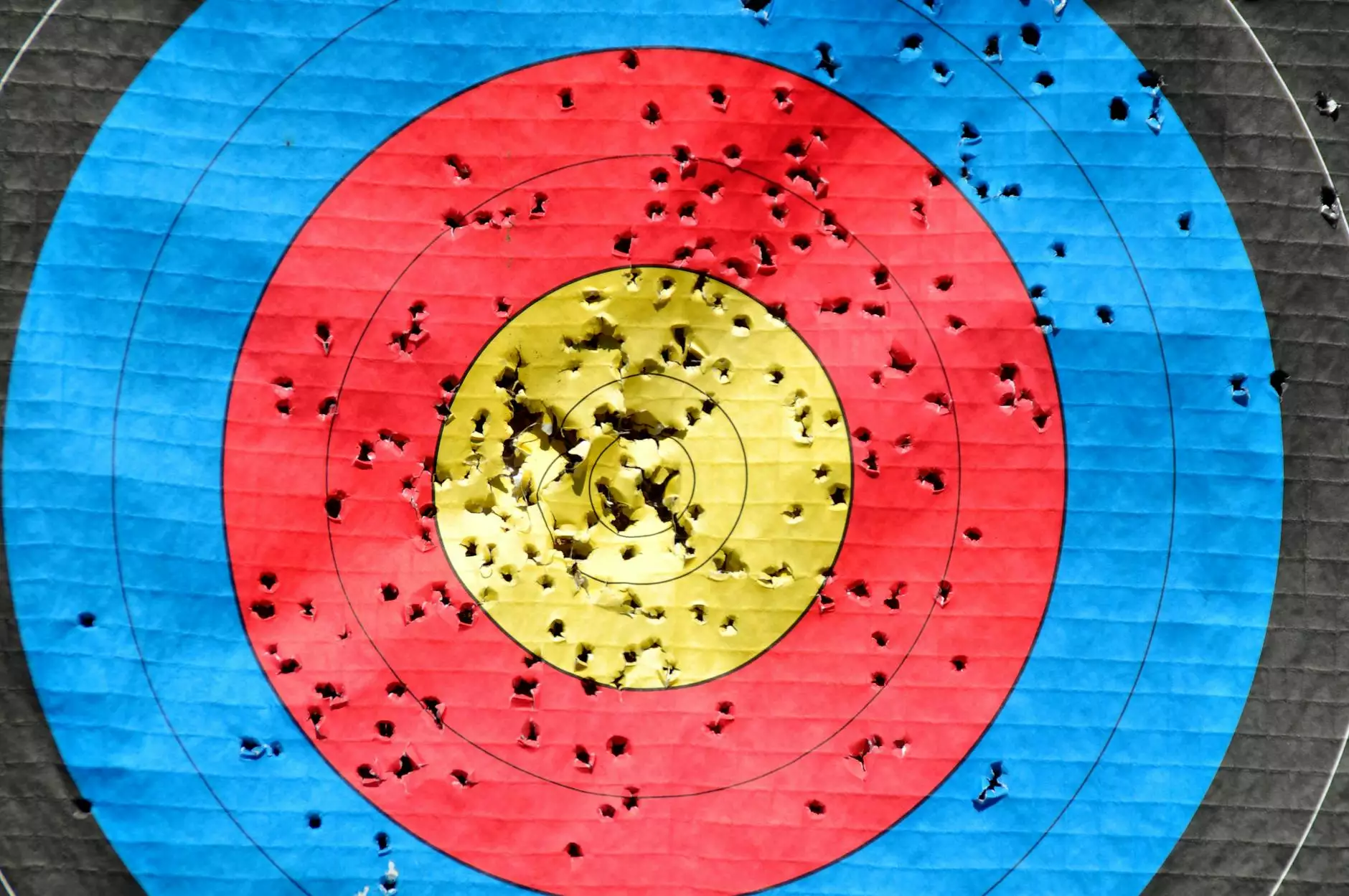How To Use Go & Come + And + Verb – English Grammar
English Grammar Lessons
Introduction
Welcome to NJCLT's comprehensive guide on how to use 'go' and 'come' in combination with 'and' and a verb in English grammar. Understanding the correct usage of these verbs is essential to communicate effectively in English.
Why is it Important to Learn the Proper Usage?
The correct usage of 'go' and 'come' in combination with 'and' and a verb is crucial to convey your actions clearly and accurately. Misusing these verbs can lead to confusion and misunderstandings in communication.
Differences between 'Go' and 'Come'
Before diving into the usage, let's understand the basic differences between 'go' and 'come' in English grammar:
- 'Go': Indicates movement away from the current location. It implies moving from the speaker's perspective.
- 'Come': Indicates movement towards the current location. It implies moving towards the speaker's perspective.
Using 'Go' + And + Verb
When using 'go' in combination with 'and' and a verb, it is essential to remember the following points:
1. Expressing General Actions
To express general actions or activities, use 'go' along with the specific verb. For example:
- "I go swimming."
- "She goes shopping."
- "They go hiking."
Remember to conjugate the verb correctly to match the subject of the sentence. This construction emphasizes the action itself.
2. Talking about Future Plans
'Go' is also used to discuss future plans or intentions. It indicates the intention to perform a specific action in the future. For example:
- "I'm going to visit my grandparents next week."
- "They are going to attend a concert tomorrow."
Using 'go' in this context implies the speaker's intention and commitment to the action.
3. Expressing Change of State
When 'go' is used with verbs representing a change of state or condition, it signifies the transition from one state to another. For example:
- "The weather went from sunny to cloudy."
- "Her mood went from happy to sad."
'Go' in this usage emphasizes the transformation or change occurring in the described state.
Using 'Come' + And + Verb
Using 'come' in combination with 'and' and a verb follows similar rules but with a different perspective. Let's explore:
1. Expressing Arrival or Approach
'Come' indicates an approach or arrival towards the speaker's location. It is used to describe actions or activities approaching the speaker. For example:
- "Please come and join us for dinner."
- "They came to offer their assistance."
Using 'come' in this context highlights the movement towards the speaker or the current location.
2. Invitations
When extending invitations or welcoming someone, 'come' is commonly used. It invites the listener to approach the speaker or the current location. For example:
- "Come and celebrate our wedding with us."
- "Come and be part of our team."
'Come' in this usage emphasizes the warm invitation and inclusion of the listener.
3. Expressing Change of State
Similar to 'go', 'come' can also be used to express a change of state or condition. However, in this context, it implies a transition or change towards the speaker's perspective. For example:
- "The colors of the sunset came and filled the sky."
- "Inspiration came and ignited her creativity."
'Come' in this usage emphasizes the arrival or manifestation of the described state towards the speaker.
Conclusion
Mastering the correct usage of 'go' and 'come' in combination with 'and' and a verb is essential for effective communication in English. Understanding the subtle differences and using them appropriately will significantly enhance your language skills. Practice using these verbs in various contexts to become more fluent and confident in your English communication.










